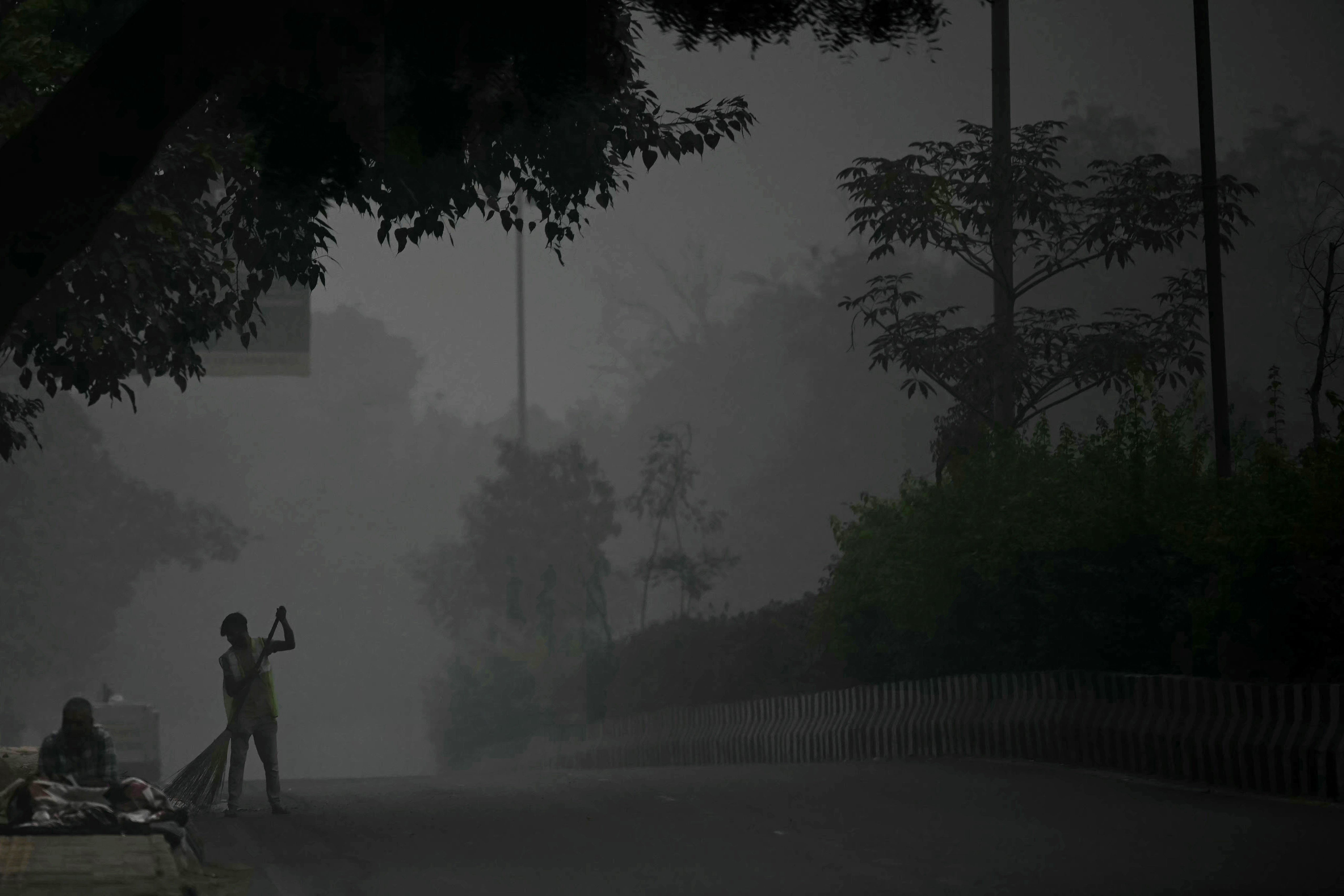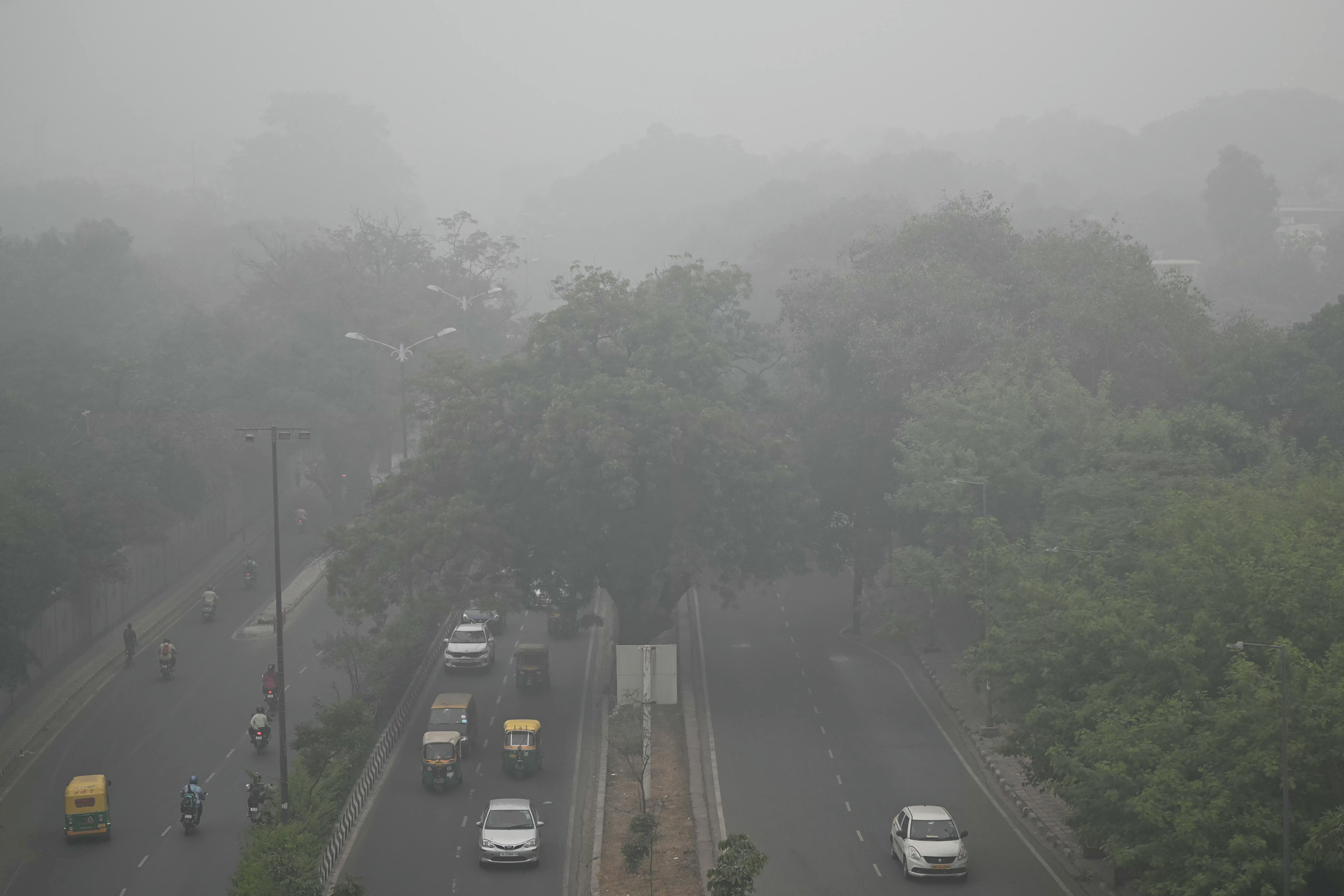New Delhi ranks as the world’s most polluted city and presents a serious aviation emergency as residents of India’s capital woke up to a thick haze of smoke on Wednesday morning.
The pollution caused air quality index (AQI) scores to exceed 1,000, which is considered “dangerous,” reducing visibility levels and leading to flight cancellations.
Delhi has overtaken Pakistan’s Lahore as the world’s most polluted city, according to Swiss group IQAir’s live rankings. India’s air quality index (AQI) score is above 1,000, which is considered “dangerous,” but India’s pollution authorities say the AQI is around 350.
The AQI 350, which measures levels of respirable particulate matter PM2.5 that can cause serious respiratory illness, was at least 30 to 35 times the safe limit set by the World Health Organization.
This is the first time this year that AQI readings of PM2.5 crossed the 1,000 mark in Delhi, blanketing the city in a hazy grey-yellow shroud.
An AQI reading of less than 100 is considered safe to breathe, less than 200 is marked as “poor,” and a range of 400 to 500 marks the pollution level in the area as “severe.”
New Delhi overtook Pakistan’s Lahore as the world’s most polluted city last week as satellite images showed the country shrouded in toxic smog.

Visibility in Delhi was down to 100 meters (328 feet) at around 8 a.m. in some places due to pollution, the India Meteorological Department said.
In a post on social media platform X, operator Delhi International Airport Limited said “low visibility measures” have been initiated at the city’s Indira Gandhi International Airport.
“While take-offs and landings continue at Delhi airport, non-CAT III compliant flights may be affected,” the official said. In Category 3, the navigation system allows the aircraft to land in poor visibility conditions.
India’s capital and its satellite regions Noida and Gurgaon battle severe pollution every winter. The cold, heavy air is trapped by dust, exhaust fumes and smoke from illegally started farm fires in the neighboring agricultural states of Punjab and Haryana.
Over the past few years, the Delhi government has tried to curb the problem by ordering schools to close, private cars restricted and some construction work halted.

Northern India, especially Delhi, finds itself in a geographically disadvantageous position at the onset of each winter and suffers from an aviation apocalypse that shortens the lifespans of millions of its citizens.
The main factors include year-round pollution, industrial contamination, stagnant winds and smog from the wheat basket states of Punjab and Haryana, which encourage farmers to clear waste from their fields and prepare for the next growing season. They are burning rice straw in preparation. .
These combine to trap highly toxic air in the atmosphere, making it difficult for residents to breathe and causing headaches and itchy eyes.







